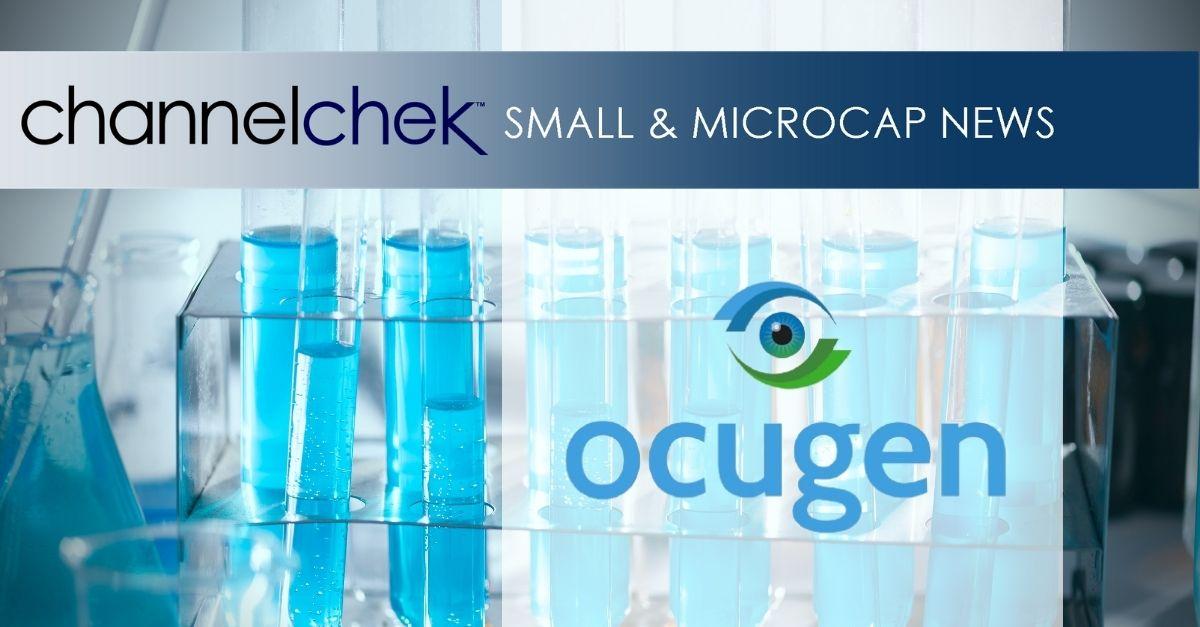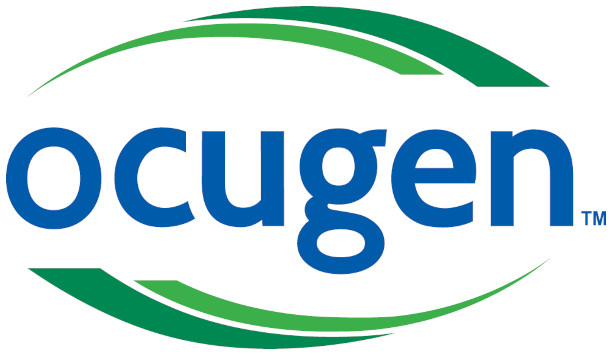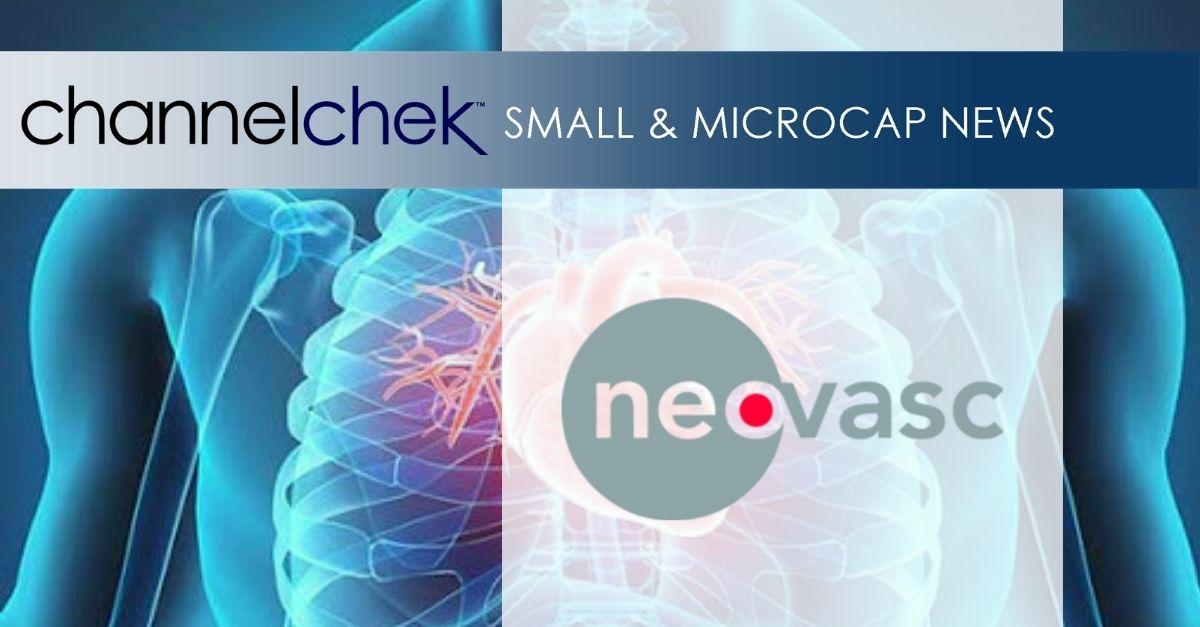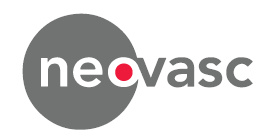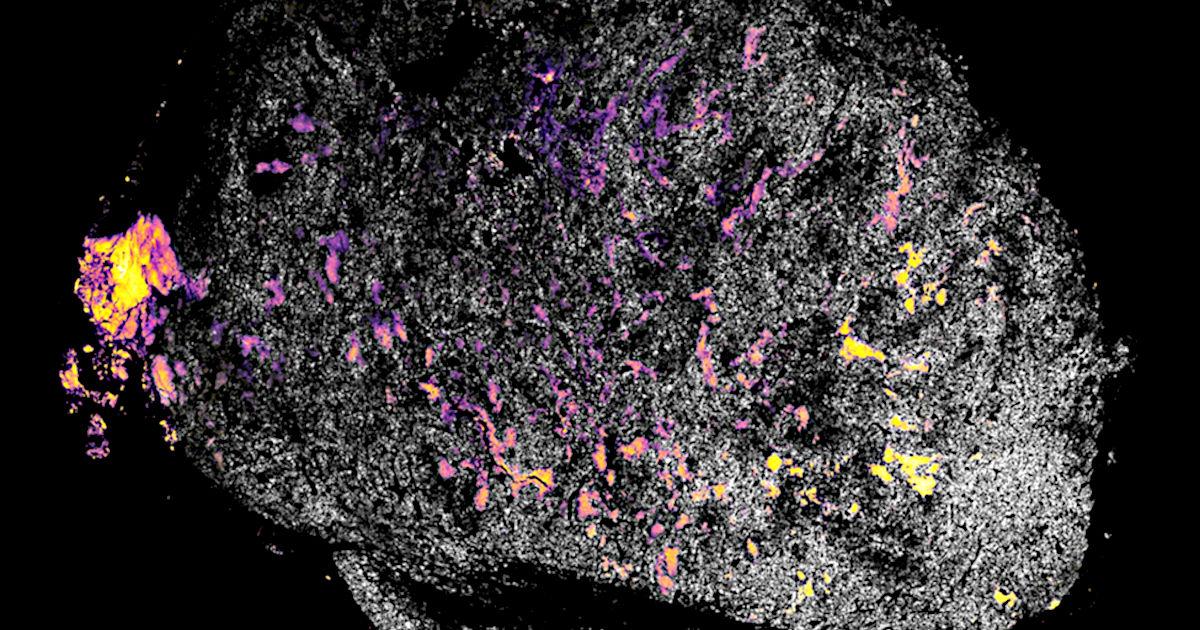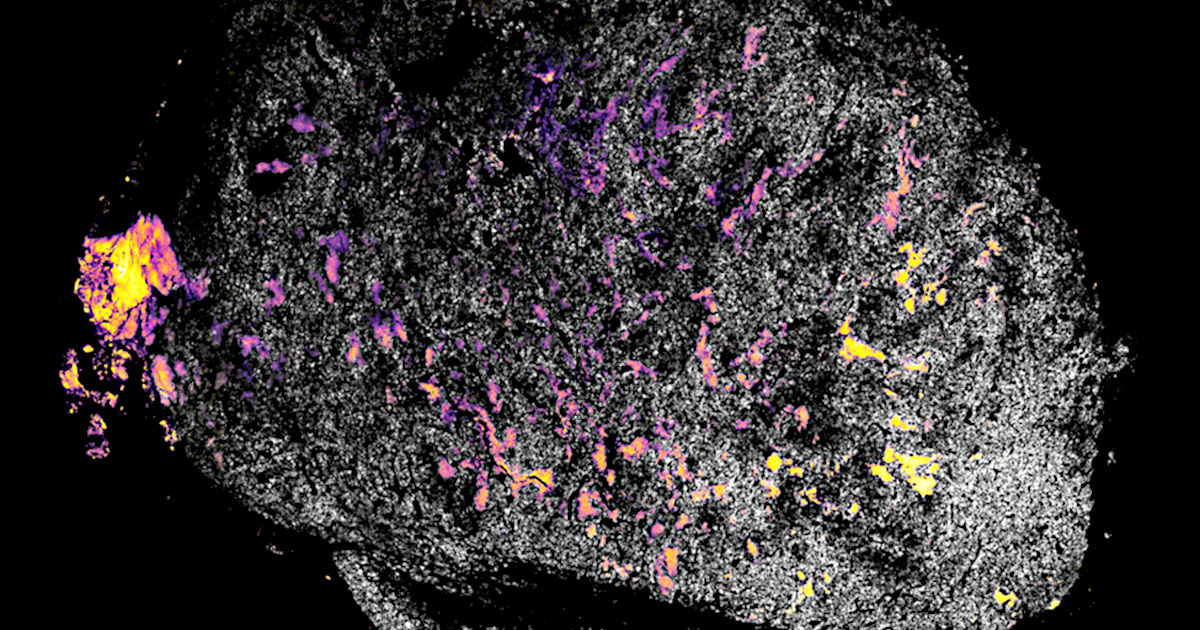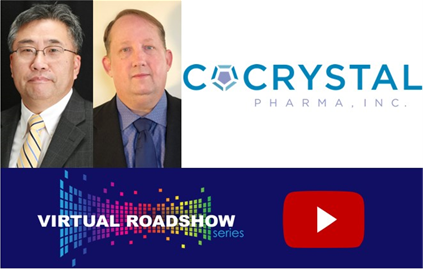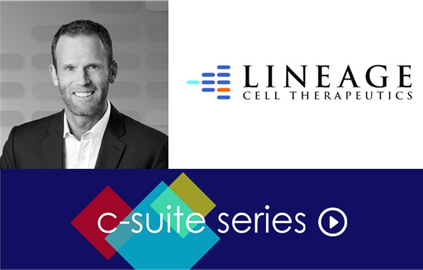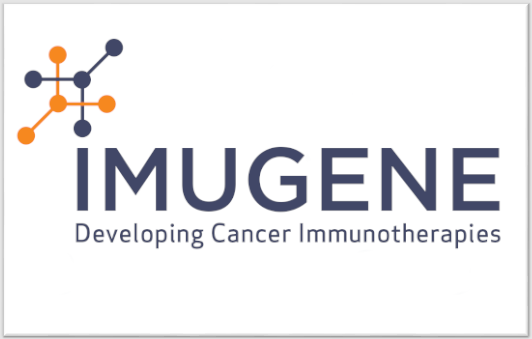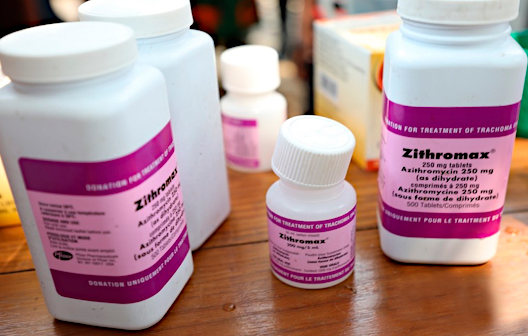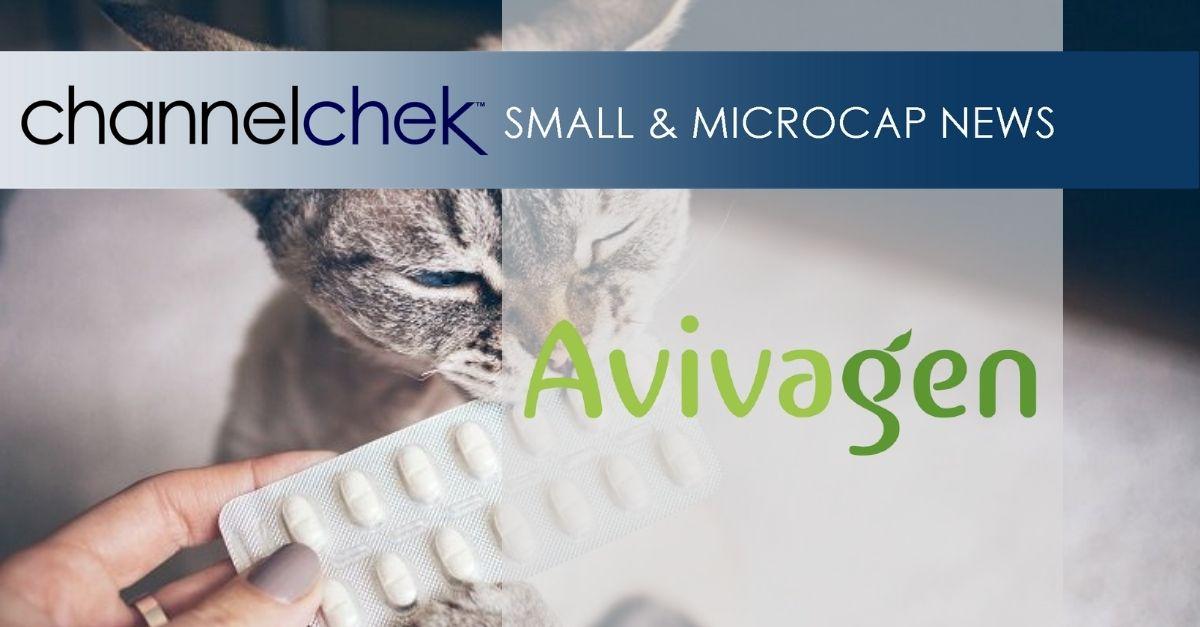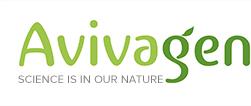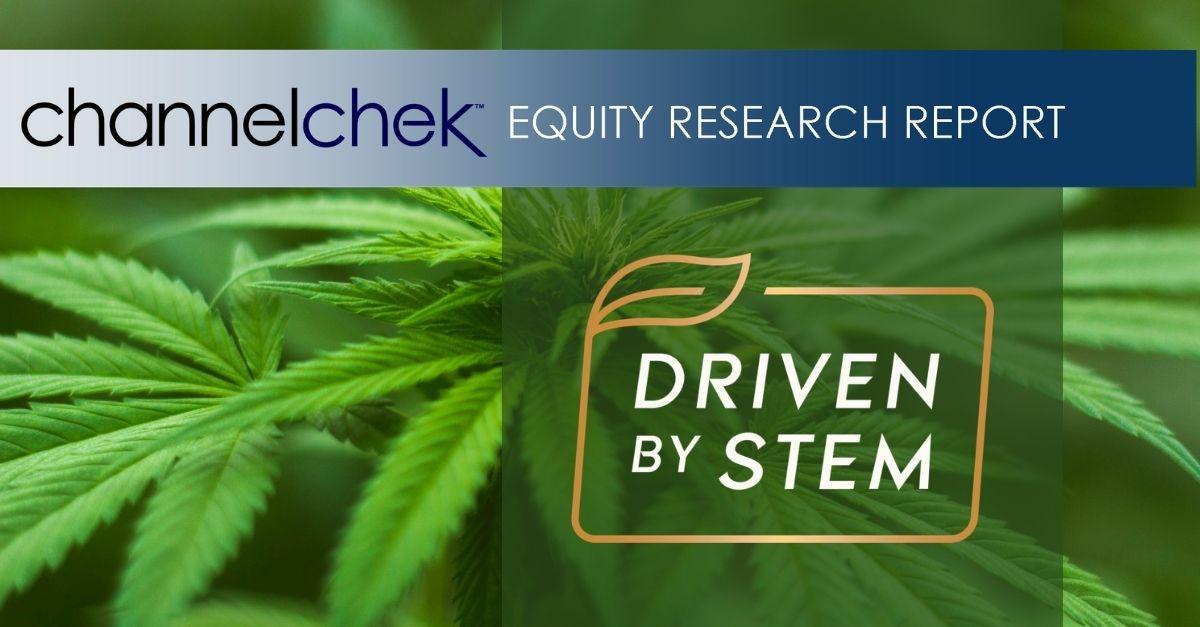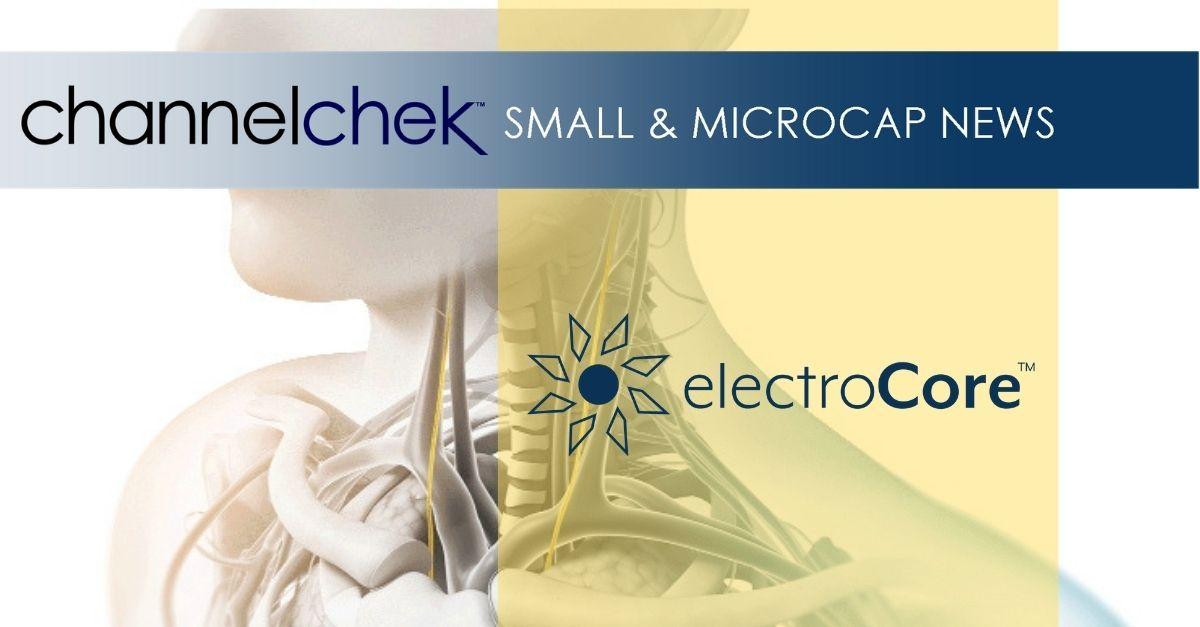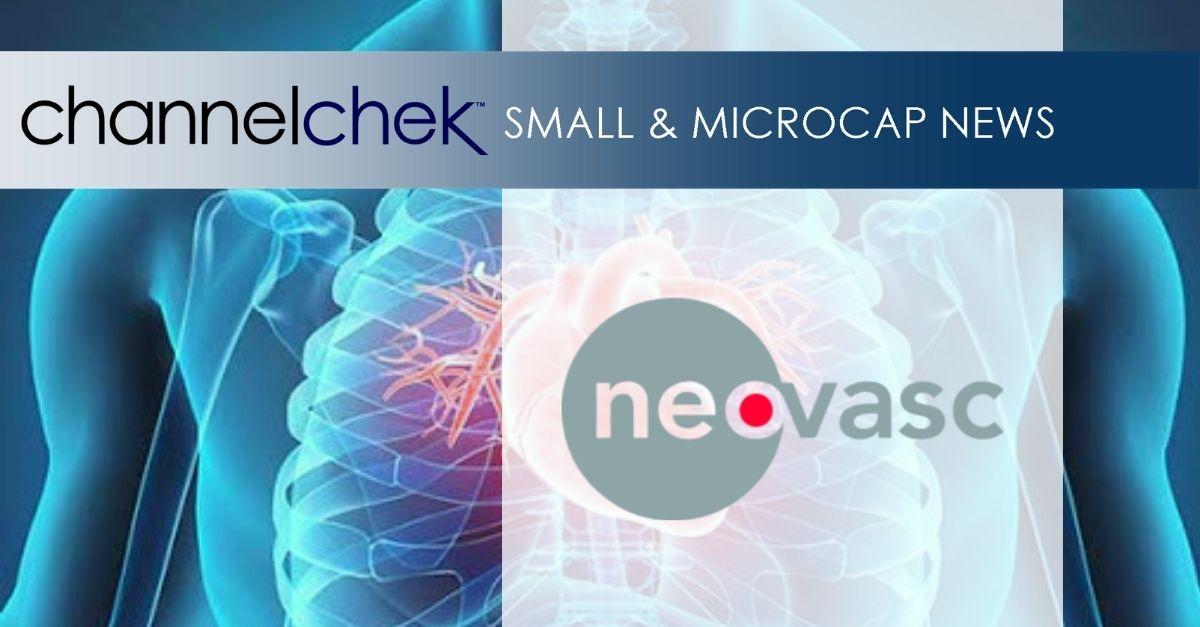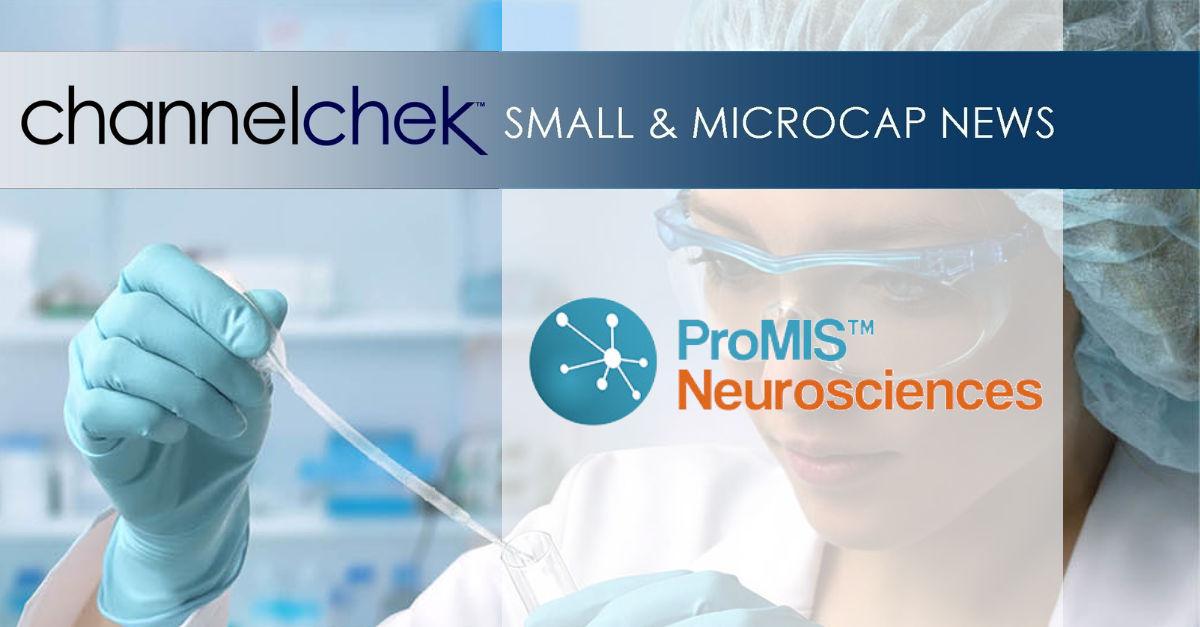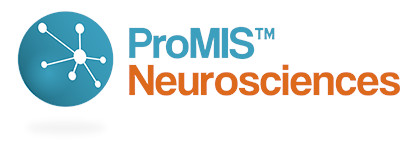
electroCore Announces Shareholder Letter and Full-Year 2021 Business Update
News and Market Data on electroCore
Company anticipates full-year 2021 revenue of approximately $5.5 million, an approximately 55% increase over full-year 2020
ROCKAWAY, N.J.,
Jan. 18, 2022 (GLOBE NEWSWIRE) —
electroCore, Inc. (Nasdaq: ECOR) today published a letter from the company’s Board of Directors to shareholders. The letter is included in its entirety, below:
Dear Shareholders:
We continue to be excited about the long-term prospects of our Company and would like to share some of the reasons for our optimism.
We are investing in marketing initiatives that we believe will make our gammaCore™ therapy available directly to consumers through multiple channels at a very compelling price. Among these channels are our newly launched e-commerce storefronts in the
United Kingdom (
UK) and
the United States (US). Headache patients can now access gammaCore therapy simply by going to our web site and filling out a short questionnaire. The questionnaire is reviewed by a Health Care Professional who can write prescriptions for the therapy and moved into a shopping cart on our e-commerce storefront. After the gammaCore product is received by the patient, our customer experience team provides a variety of hands-on tools for patient training and support. Our team then stays in regular contact with the patient, providing further support during the course of the therapy and reminders about refill opportunities.
In parallel with our online stores, we have launched our gConcierge and gCDirect programs for a growing number of physician prescribers in the US. These new programs allow physicians to offer their patients the opportunity to purchase gammaCore therapy directly through their offices (gConcierge) or directly from us (gCDirect). We have broadened our call points from the traditional neurology headache specialists to include a wider range of medical providers who manage patients’ headache conditions, including those in primary care, women’s health, pain management, functional and integrative medicine, as well as chiropractors and Doctor of Pharmacy (PharmDs). In total, we have had approximately 200 prescribers write scripts through the gConcierge and gCDirect programs, all of whom have patients that can be supported by our in-house customer experience team.
With the early growth and promise of success among these newly established, streamlined consumer access initiatives, we are planning to aggressively ramp up our spending on Direct-to-Consumer advertising and other promotional activities. Our goal is to drive consumer awareness and funnel that interest to our e-commerce stores and provider partners.
In our legacy business channels, we have continued to grow our
Department of Veterans Affairs (VA) and
Department of Defense (
DoD) business in
the United States, our National Health Service (
NHS) business in the
United Kingdom, and our distributor relationships around the world. We plan to continue to invest in growth from these channels as we move through 2022, strengthened by our Direct-to-Consumer initiatives and advertising spend. While we continue to work towards expanding commercial insurance coverage for gammaCore in
the United States, we recognize the barrier high deductible plans represent for many Americans and anticipate they will benefit significantly from our newly launched cash pay programs, even when coverage is available.
Looking beyond primary headache, we anticipate reporting on our multiple clinical programs over the course of 2022. Ongoing trials continue to be conducted with our gammaCore therapy in secondary headache, traumatic brain injury (concussion), post traumatic stress disorder (PTSD), stroke, opioid use disorder, Parkinson’s, postoperative ileus, and other potential indications. We anticipate many of these programs will generate results that can support expanded labels and additional uses for gammaCore nVNS therapy, and support potentially expanded total addressable markets for our therapy. We believe nVNS therapy will be highly differentiated in conditions like concussion, PTSD, stroke, and opioid use disorder where there are few effective therapies currently.
Finally, as we expand our commercial initiatives, we are also looking beyond organic growth opportunities and exploring ways to accelerate our growth through acquisitions that enhance and leverage the distribution channels we are developing.
We have also continued to expand our intellectual property portfolio, especially in digital health and smartphone-integrated and smartphone-connected non-invasive therapy, which may provide us with opportunities to leverage our patents. We believe our intellectual property will be the foundation of next generation neuromodulation devices in the market, including our own nVNS devices.
We look forward to enabling health care providers in their use of Remote Patient Monitoring and Remote Therapeutic Monitoring, which have been identified as critical areas for practice revenue growth in the future.
Preliminary Unaudited Financial Results for Full-Year 2021
Full-Year 2021 Revenue: electroCore anticipates full-year 2021 revenue will be approximately
$5.5 million. This would represent an approximately 55% increase over full-year 2020 revenue of
$3.5 million.
Government Channels: During the full-year 2021, the Company expects to recognize revenue of approximately
$3.3 million pursuant to the
VA and
DoD originating prescriptions or in excess of 60% growth as compared to
$2.0 million during the full-year 2020. One hundred
VA and
DoD military treatment facilities have purchased gammaCore products through
December 31, 2021, as compared to 71 facilities through full-year 2020. With roughly 1,800 Federal Supply Schedule (FSS) eligible treatment facilities to which we have access, we believe the US government channel remains a significant opportunity for revenue generation.
Outside of the U.S.: During the year-ending
December 31, 2021, electroCore expects to recognize revenue of approximately
$1.5 million outside of the US, as compared to
$1.1 million during the fiscal 2020, representing year-over-year growth of approximately 36%. These results are primarily due to the stellar work and dedication of our
UK subsidiary, led by
Iain Strickland VP, Global Sales and Strategy, who gracefully navigated the funding transition for our gammaCore product in
England from the
NHS Innovation and Technology Payment (ITP) Program to the MedTech Funding Mandate Policy 2021/2022.
Commercial: During the year-ending
December 31, 2021, electroCore expects to recognize revenue of approximately
$680,000 or approximately 89% growth compared to
$360,000 in full-year 2020. These figures include revenues from the commercial payer and cash pay channels in the US through our new online store, our gConcierge, and our gCDirect programs discussed above.
Research and Development: During fiscal 2021, the Company continued to make progress across its clinical programs. The Company received four new 510(k) clearances. Additionally, on
January 11, 2022, the Company received Breakthrough Designation from the
Food and Drug Administration for the treatment of PTSD.
Cash: The Company ended the fourth quarter of 2021 with approximately
$34.7 million of cash, cash equivalents and marketable securities. Net cash used in operations is expected to be approximately
$13.6 million for the full-year 2021 as compared to
$20.1 million and
$45.1 million reported in 2020 and 2019, respectively.
During 2021, we accessed the capital markets to strengthen our balance sheet by approximately
$25.7 million, which will give us the resources to make the transformational changes to our business we envision for the future. As we move into 2022, we continue to position the Company to take advantage of additional steps that could expand our business including, for example through acquisitions, by enabling the Company to access the capital markets as opportunities warrant.
We are proud of the progress we have made and are excited about the future. Thank you for your continued support.
With best wishes,
electroCore Board of Directors
About electroCore, Inc.
electroCore, Inc. is a commercial stage bioelectronic medicine company dedicated to improving patient outcomes through its non-invasive vagus nerve stimulation therapy platform, initially focused on the treatment of multiple conditions in neurology. The company’s current indications are the preventive treatment of cluster headache and migraine, the acute treatment of migraine and episodic cluster headache, the acute and preventive treatment of migraines in adolescents, and paroxysmal hemicrania and hemicrania continua in adults.
For more information, visit www.electrocore.com.
About gammaCore™
gammaCore™ (nVNS) is the first non-invasive, hand-held medical therapy applied at the neck as an adjunctive therapy to treat migraine and cluster headache through the utilization of a mild electrical stimulation to the vagus nerve that passes through the skin. Designed as a portable, easy-to-use technology, gammaCore can be self-administered by patients, as needed, without the potential side effects associated with commonly prescribed drugs. When placed on a patient’s neck over the vagus nerve, gammaCore stimulates the nerve’s afferent fibers, which may lead to a reduction of pain in patients.
gammaCore (nVNS) is FDA cleared in
the United States for adjunctive use for the preventive treatment of cluster headache in adult patients, the acute treatment of pain associated with episodic cluster headache in adult patients, and the acute and preventive treatment of migraine in adolescent (ages 12 and older) and adult patients. gammaCore is CE-marked in the
European Union for the acute and/or prophylactic treatment of primary headache (Migraine, Cluster Headache, Trigeminal Autonomic Cephalalgias and Hemicrania Continua) and Medication Overuse Headache in adults.
gammaCore is contraindicated for patients if they:
- Have an active implantable medical device, such as a pacemaker, hearing aid implant, or any implanted electronic device
- Have a metallic device, such as a stent, bone plate, or bone screw, implanted at or near the neck
- Are using another device at the same time (e.g., TENS Unit, muscle stimulator) or any portable electronic device (e.g., mobile phone)
Safety and efficacy of gammaCore have not been evaluated in the following patients:
- Adolescent patients with congenital cardiac issues
- Patients diagnosed with narrowing of the arteries (carotid atherosclerosis)
- Patients who have had surgery to cut the vagus nerve in the neck (cervical vagotomy)
- Pediatric patients (less than 12 years)
- Pregnant women
- Patients with clinically significant hypertension, hypotension, bradycardia, or tachycardia
Please refer to the gammaCore Instructions for Use for all of the important warnings and precautions before using or prescribing this product.
The
U.S. FDA has cleared the gammaCore Sapphire CV (nVNS) device under an emergency use authorization for acute use at home or in a healthcare setting to treat adult patients with known or suspected COVID-19 who are experiencing an exacerbation of asthma-related dyspnea and reduced airflow, and for whom approved pharmacologic therapies are not tolerated or provide insufficient symptom relief as assessed by their healthcare provider, using noninvasive vagus nerve stimulation (nVNS) on either side of the patient’s neck. gammaCore Sapphire CV has been authorized only for the duration of the statement that circumstances exist that warrant authorization of the emergency use of medical devices under section 564(b)(1) of the Act, 21 U.S.C. § 360bbbb-3(b)(1), until the authorization is terminated or revoked.
More information can be found at:
Letter of authorization: https://www.fda.gov/media/139967/download
Fact sheet for healthcare workers: https://www.fda.gov/media/139968/download
Patient information sheet: https://www.fda.gov/media/139969/download
Instructions for use of gammaCore: https://www.fda.gov/media/139970/download
Forward-Looking Statements
This press release may contain forward-looking statements within the meaning of the Private Securities Litigation Reform Act of 1995. Such forward-looking statements include, but are not limited to, statements about electroCore’s expectations for revenue and cash used in operations during the fourth quarter and full year of 2021, growth through acquisitions, its expectations for future performance, as well as electroCore’s business prospects (including its e-commerce initiative, and gConcierge and gCDirect programs) and clinical and product development plans for 2022 and beyond, its pipeline or potential markets (including cash pay programs) for its technologies, additional indications for gammaCore, the timing, outcome and impact of regulatory, clinical and commercial developments (including human trials for the study of headache, PTH, mTBI, Parkinson’s diseases and sleep deprivation stress and the business, operating or financial impact of such studies), further international expansion, and statements about anticipated distribution arrangements, government and payor funding arrangements (including those relating to
Canada,
Western Europe,
Qatar,
Taiwan, and
China) and other statements that are not historical in nature, particularly those that utilize terminology such as “anticipates,” “will,” “expects,” “believes,” “intends,” other words of similar meaning, derivations of such words and the use of future dates. Actual results could differ from those projected in any forward-looking statements due to numerous factors. Such factors include, among others, the ability to raise the additional funding needed to continue to pursue electroCore’s business and product development plans, the inherent uncertainties associated with developing new products or technologies, the ability to commercialize gammaCore™, competition in the industry in which electroCore operates and overall market conditions. Any forward-looking statements are made as of the date of this press release, and electroCore assumes no obligation to update the forward-looking statements or to update the reasons why actual results could differ from those projected in the forward-looking statements, except as required by law. Investors should consult all of the information set forth herein and should also refer to the risk factor disclosure set forth in the reports and other documents electroCore files with the
SEC available at www.sec.gov.
Investors:
Rich Cockrell
CG Capital
404-736-3838
ecor@cg.capital
or
Media Contact:
Jackie Dorsky
electroCore
908-313-6331
Jackie.dorsky@electrocore.com
